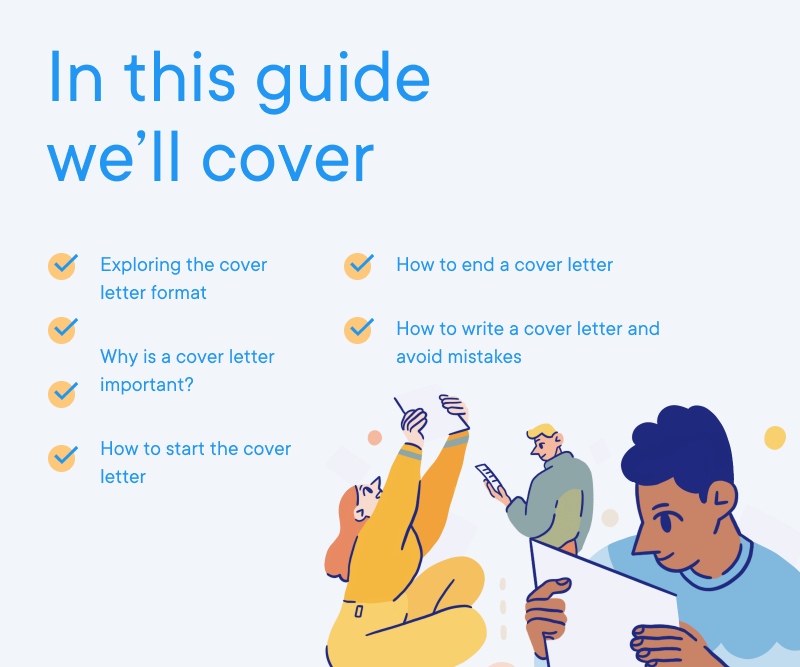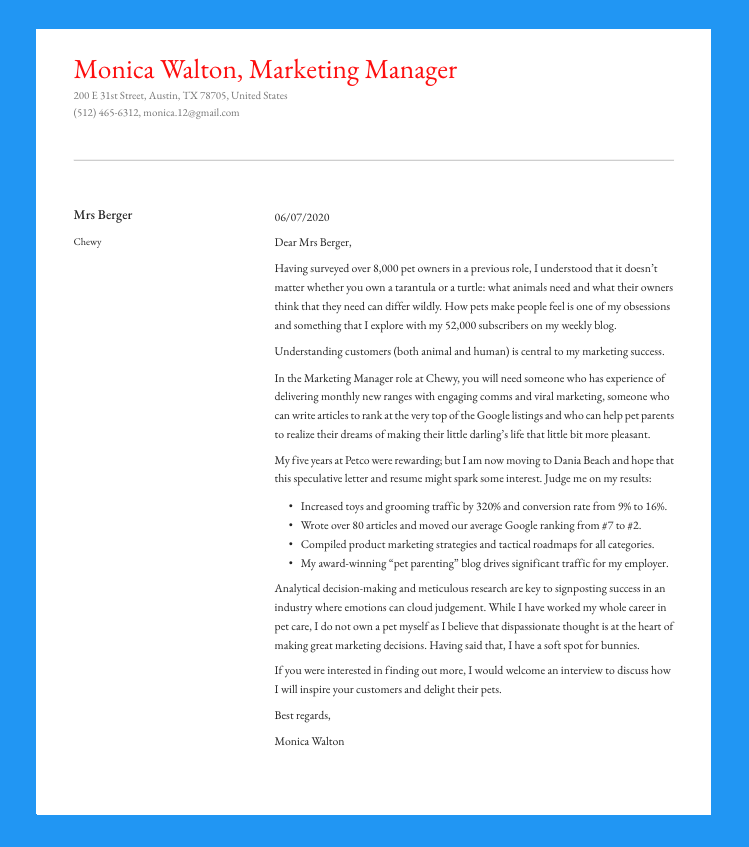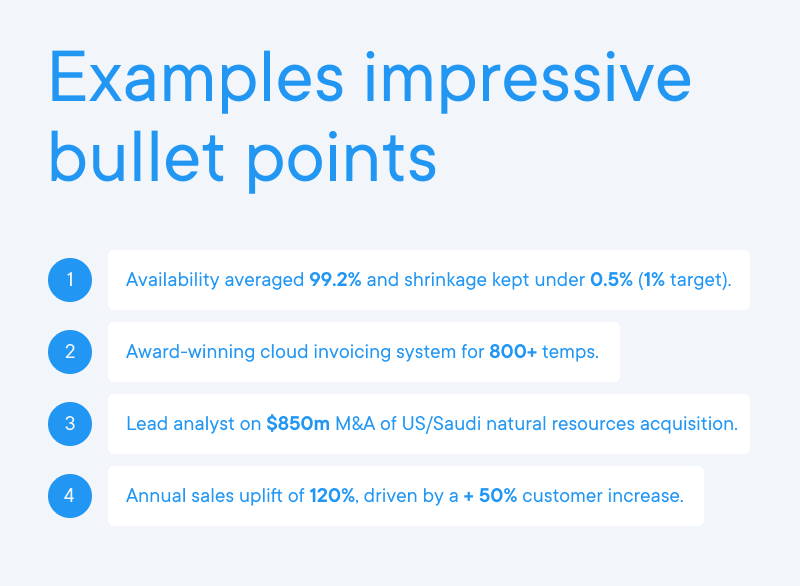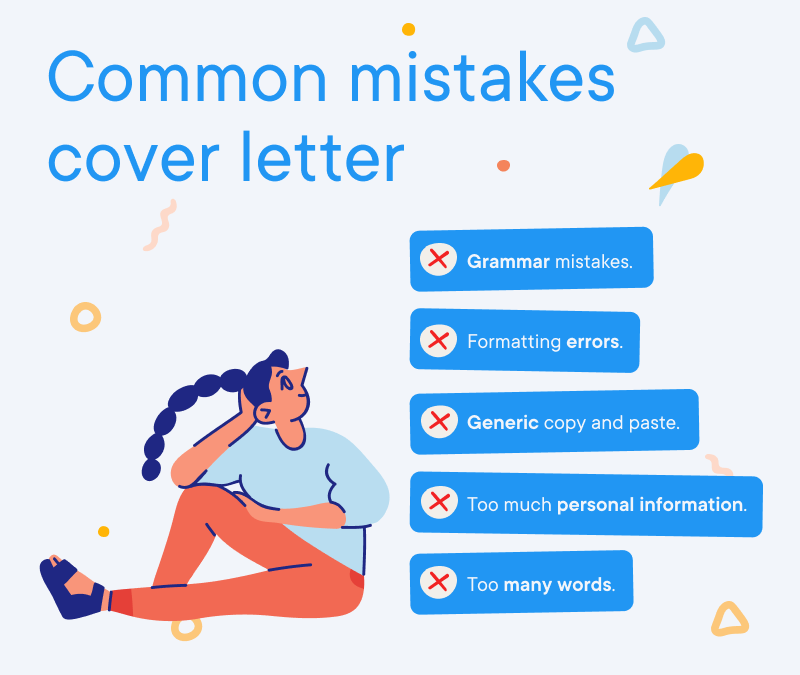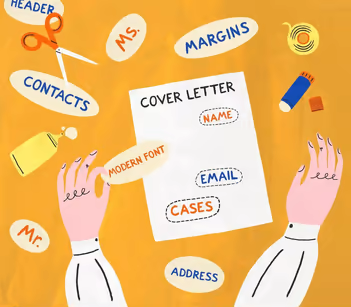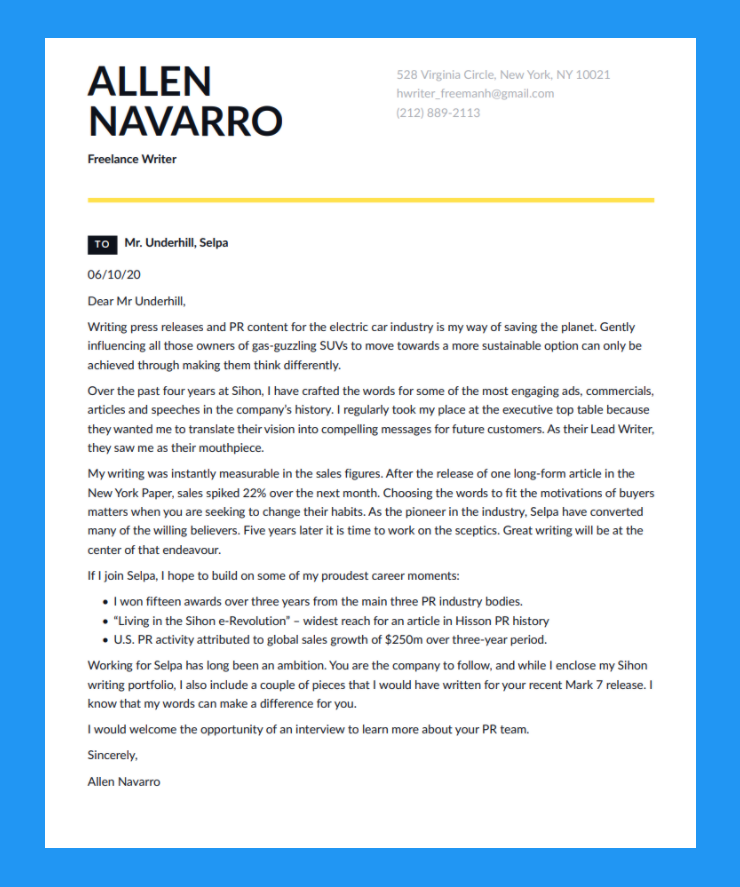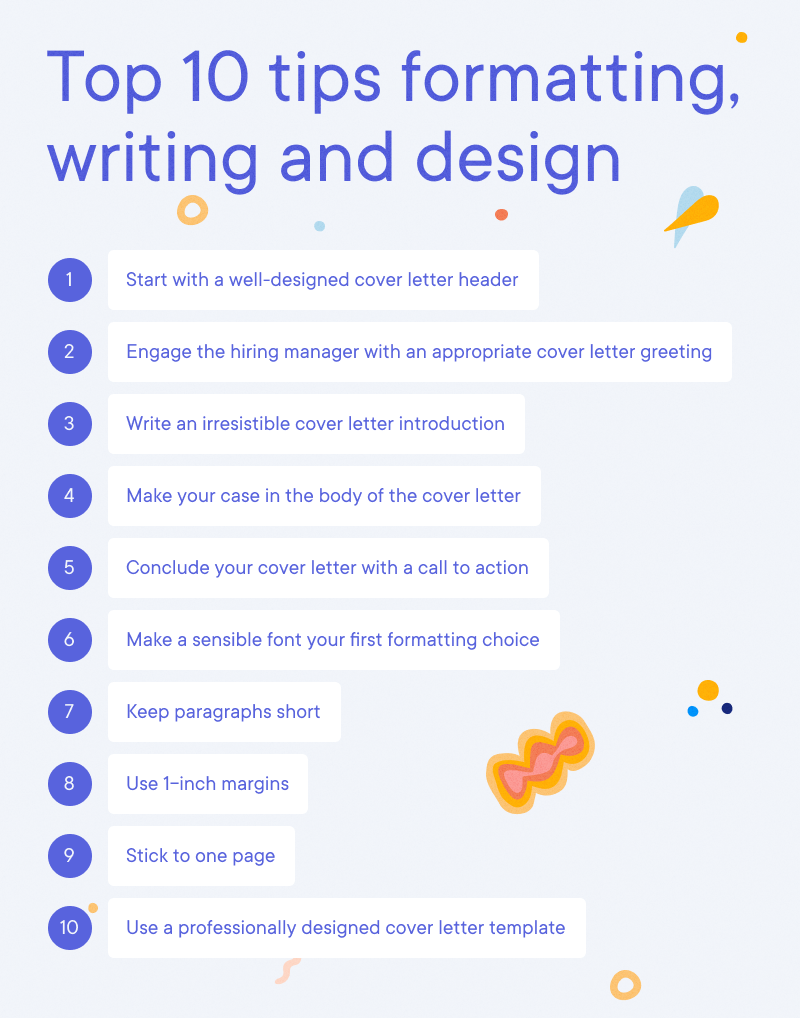Writing a motivation letter to a university, scholarship committee or charitable organization that accompanies your resume and outlines exactly why you want to be there will be far more powerful than a letter which focuses on your (sometimes less relevant) practical experiences. They will be included in your resume, in any case.
It is important to note that a motivation letter is not a cover letter.
Cover letters are used to accompany a resume during a job application and often delve deep into an applicant’s career experience. Previous work experience is less important when applying for university, a scholarship or an intern role, so your “why” has to shine through that little bit more in a motivation letter.
So, how do I write a motivational letter for a job, internship or educational opportunity? This guide will look at the following questions allowing you to write a great motivation letter:
- What is a motivation letter?
- Is it the same as a cover letter?
- How to structure a motivational letter
- Writing tips for a motivation letter
- Example of a motivational letter for university
- Sample of a motivation letter for scholarship
- Example of a motivational letter for internship
In the case of a university, scholarship or internship application, there will be countless others with similar qualifications. Explaining your motives in a compelling and memorable motivation letter will move your application to the top of the pile. Our guide and motivation letter examples will show the way.
Impact vs. intent in the modern job search
So much job search literature advises exploring how the impact of your past actions can inform a potential employer about your future potential. Intent and motivations are often left behind in a hard-hitting achievements-led career narrative. I have done this once, and I can do it again. Undeniable impact, but the “why” often gets forgotten.
When starting a new university / scholarship / volunteering chapter, your past impact is less important as your future often brings an entirely new experience. What really matters here is your motivation and intent to make the most of the opportunity.
What is a motivation letter?
A motivation letter is a one-page personal pitch of 200-400 words that documents your background, skills and motivations for a course of study at university or college, a scholarship application, internship opportunity or volunteering proposal.
Is a motivation letter the same as a cover letter? No, they are different. A motivation letter is used in specific circumstances to accompany an experience-led resume, and unlike a cover letter (which is used for paid employment) the motivation letter offers more of a glimpse into the motivation of an applicant. The motivation letter answers the question of why you want this opportunity and how you can fit in, collaborate, grow and contribute.
Educational institutions and charitable organizations require only the most dedicated students and volunteers, so it is critical to convey the depths of this personal dimension and make a connection on an emotional level.
When do you write a motivation letter?
Motivational letters are usually divided into types based on what organization you’re sending it to:
- Motivation letter for university or other educational institutions
- Motivation letter for scholarship or other related financial support
- Motivation letter for internship in a corporate or charitable setting
- Motivation letter for volunteering in a non-paid and/or part-time capacity.
How to structure a motivation letter
While a motivation letter is different in purpose and application than a cover letter, they do have a similar structure, which contains:
- A motivation letter header
- The greeting / salutation
- The motivation letter introduction
- The middle part that conveys the story, reasoning and motivation
- Motivation letter closing (with a call-to-action).
Like any piece of persuasive writing, a motivation letter should hook the reader with a compelling introduction, contain emotionally impactful examples in the body of the text and finish with a sense that there is so much more to tell.
Requesting a scholarship or internship interview in the concluding call-to-action of the motivation letter will not seem presumptuous if it is structured in such a way.
Compile a list of motives
Firstly, you have to get all those complex emotions in your mind onto paper.
Before you begin the process of constructing compelling arguments for the specific opportunity at hand, it helps to work out exactly what you want to get out of your next move. Some of your motivations may not fit with the specifics of what is on offer, so an initial brainstorming session will help to flesh out your story.
Write down an exhaustive list of what you want from the scholarship / university place or volunteering role. Nothing is off limits, so take yourself to the most mentally creative place possible and just let go. This is a huge next step in your life, so what are the motivations that will keep you going when you have an impossible deadline or seemingly unachievable funding goal?
This list of personal motives will likely be bigger than you think, and many will form the core of your motivation letter.
Choose the correct letter greeting
The motivation letter greeting takes up the smallest amount of text compared to other elements but it’s still vitally important. While in most cases, you really can’t go wrong with the traditional “Dear Mr. / Ms. / Mrs.”, you should always remember two important rules:
- Choose the correct tone and level of formality (depending on the recipient organization)
- Always address the recipient by name if at all possible.
The name of the game here is research. Motivation letters can be sent to a variety of organizations so the tone can be very different. If you’re sending a motivational letter to a university / college, the tone is likely going to be more formal with the traditional greeting, use of the recipient’s last name and even his or her job title. However, in some less formal organizations such as volunteer initiatives or for internship positions in forward thinking companies, there may be more freedom for using first names or phrases like “Greetings, Tom!”. The signal for such informal salutations has to come from the recipient however (in the internship listing for example). If in doubt - err on the side of caution.
Research via google, company website or social media will also help with addressing the recipient by name. “To whom it may concern” became stale about half a century ago. Make sure to address the correct person and establish a personal connection. This can often be the difference between success and failure.
How to start a motivation letter
Before you sit down to start writing the motivation letter, it is vital to consider exactly how you want the reader to feel as they read it. Your motivation when considering how to start a motivation letter should be clear from the first lines, hitting them like a sledgehammer right between the eyes. This isn't a winding journey of discovery - you know what you want and it is their job that will complete your career contentment. Leave them in no doubt as to why you want to work with them.
The start of a motivation letter also needs to focus on their needs as well as your needs. How can those first few lines set the scene from their perspective and position your motivations as their rocket fuel?
Write a motivation letter introduction
After you have included your contact details in the header of the motivation letter, and addressed the letter to the correct person, the introductory paragraph is your first opportunity to grab a reader’s attention.
Put yourself in the place of the educational institution or organization. How do they want people to feel when they come to study or work? What opening gambit can you come up with that will set you apart from the other applicants?
Show them just how they can become a deeply meaningful part of your journey.
Craft an emotional story for the middle part of the letter
The body of the motivation letter gives you the chance to outline exactly how your motivations fit the opportunity that is on offer.
If you are applying for a PhD programme, go deep into why you are passionate about your subject. If you are seeking a volunteer position, don’t spare the details about why you follow the cause. If you are looking for a scholarship, go beyond your academic record to explain how your education will contribute to your future.
The nature of a free-form motivation letter offers the opportunity to influence a reader in an entirely different way to a resume. A resume appeals to their logical left brain and makes them think: “yes, that makes sense.” A motivation letter appeals to their emotionally-charged right brain, making them think: “do you know what? I feel you.”
The words that you choose for the body of your motivation letter will frame the emotional narrative of your interview. Be true to yourself and the right kinds of opportunities will be sure to come your way.
Lastly, ensure that your motives fit with the ethos and goals of the school or organization that you are applying for. Even the most emotionally appealing story loses impact if you do not come across as “one of us.”
How do you end a motivational letter?
The end sentences of your motivational letter should culminate in a crescendo of enthusiasm rather than an apologetic “what do you think?”
The depths of your motivation run far deeper than these few brief words could possibly describe, and the call-to-action of an interview request is not so much a job search formality rather than a plea to make your case further.
The conclusion of a motivation cover letter is one last chance to sell your attitude, so avoid repeating yourself. When there is so much more than meets the eye, any repetition can make you seem somewhat one-dimensional. Leave one last powerful story for the final sentence and leave the reader wanting to know more.
Having said this, ask for the interview in hope rather than anticipation. You cannot possibly know the hiring manager’s mind and no matter how impressive your motivations, you should never presume that you are the perfect fit.
5 ingredients of a great motivational letter:
- You fit their academic (and other) requirements.
- You share the values of their organization.
- It is clear why you want to be involved.
- The move would be a natural progression of your journey.
- You reach the reader on an emotional level.
Writing tips for a motivation letter
A motivation letter is a carefully crafted piece of persuasion, and while our cover letter templates provide the perfect backdrop for your story, the content is nonetheless critical. Let’s explore a few writings tips that you may wish to consider:
- Write the motivational letter in your voice
- Mirror the values of the organization
- Talk about achievements when context is required
- Paint a picture of your future as well as your past
- Proofread and edit your motivational letter
What is the motivation for applying for a job and how do I write a perfect motivation letter? Fitting your story around the following ideas might help.
Write the motivation letter in your voice
Imagine that you are sitting in front of the scholarship committee or head of volunteering and you have three minutes to make your case.
What would you choose to say? What words would come naturally to describe that about which you are most passionate?
A motivation letter that speaks directly to the reader in your voice will be far more effective than one written in stilted and formal language.
Mirror the values of the organization
Motivation is meaningless to an educational establishment or volunteering organization unless it tallies with their values. They want a body of like-minded students or passionate volunteers who will pull together to accomplish their goals together.
We have all been in study groups with a disruptive student or worked with people in a team who are simply dancing to their own tune. Research the values and mission of the school or organization that you are joining and make sure that your motivation letter hits the right notes.
Talk about achievements when context is required
While your resume will do the heavy lifting in terms of your (sometimes basic) career achievements, there is still a place to sprinkle some achievements into your motivation letter to offer some context.
You need to anchor your motivations to some quantifiable aspects of your life so that your motivation letter does not seem like wishful thinking. The examples don’t have to be directly related to your future activity, but they do need to be relevant to the motivations that you wish to illustrate.
 ResumesMadeHere
ResumesMadeHere

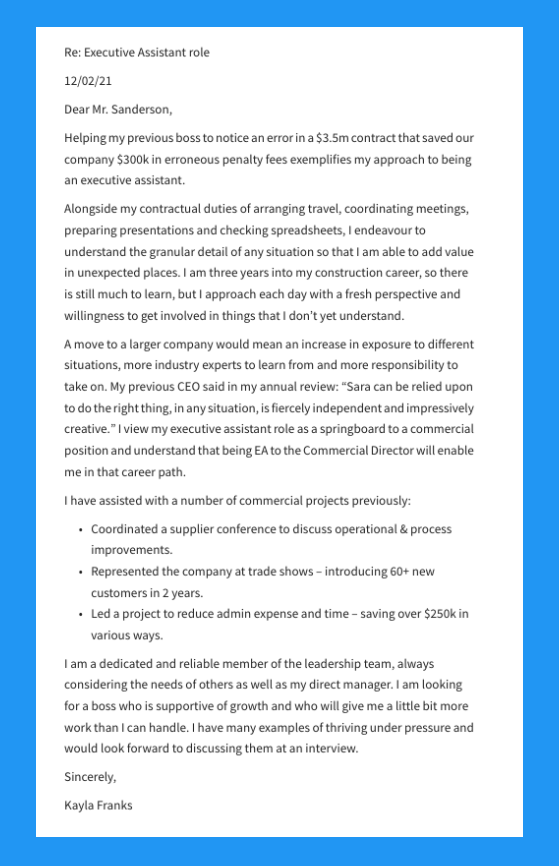
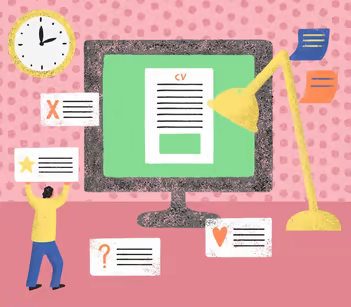
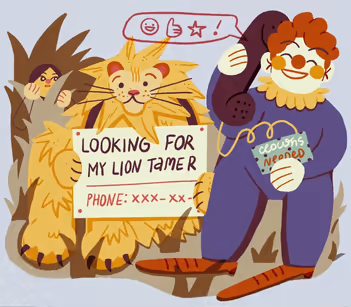

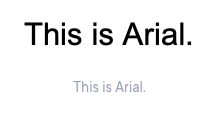


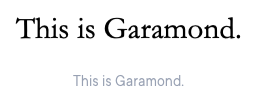

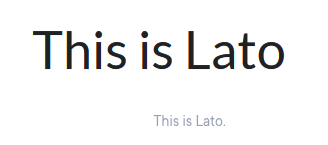
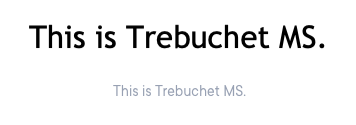

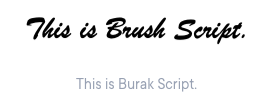
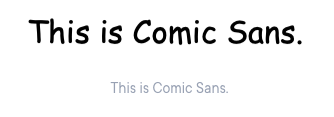

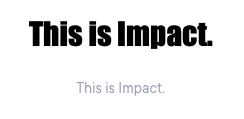
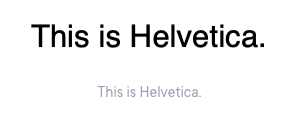

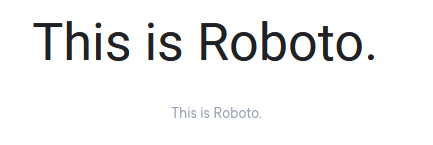

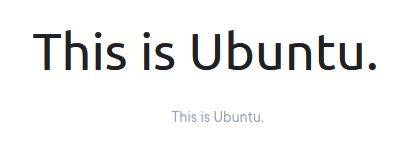
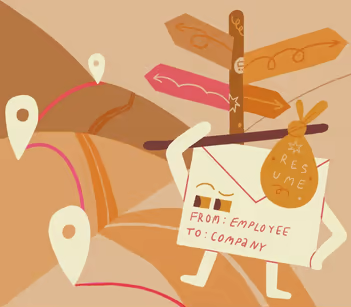

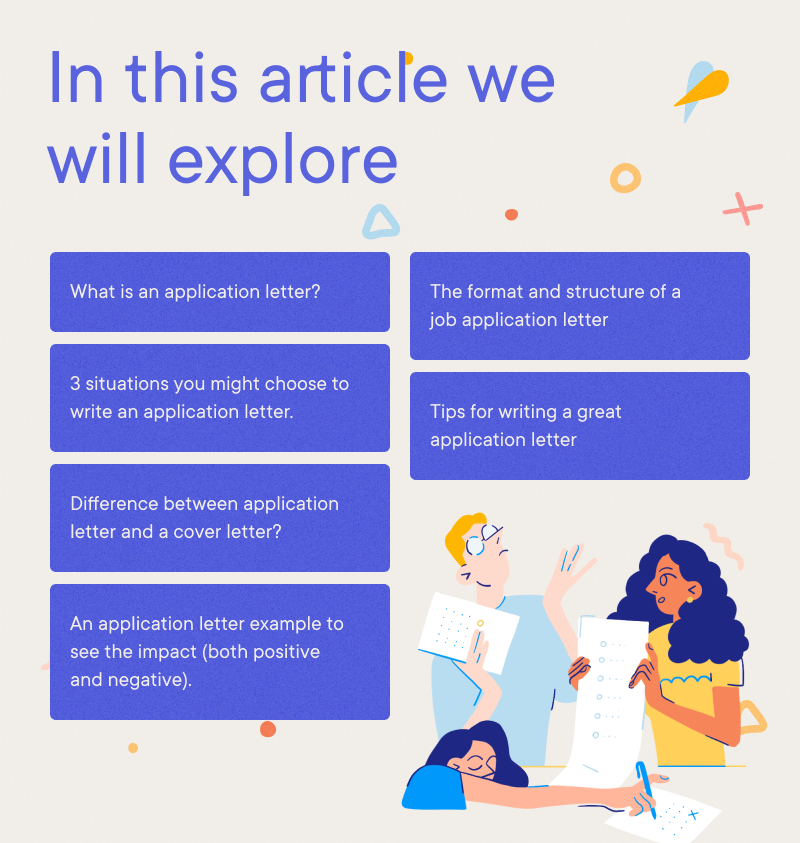
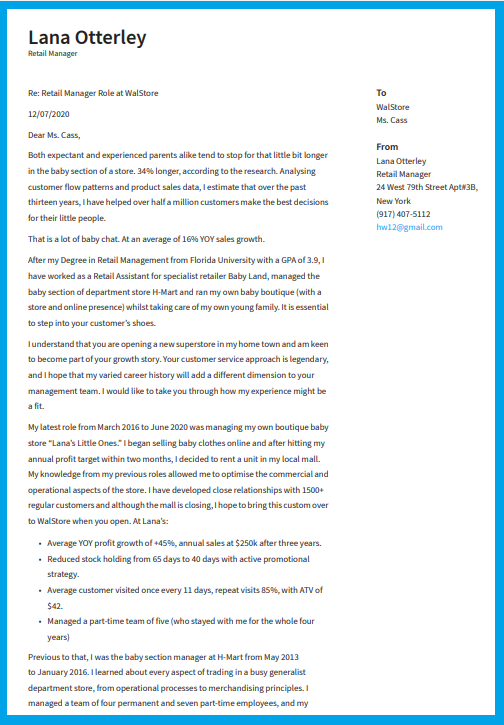
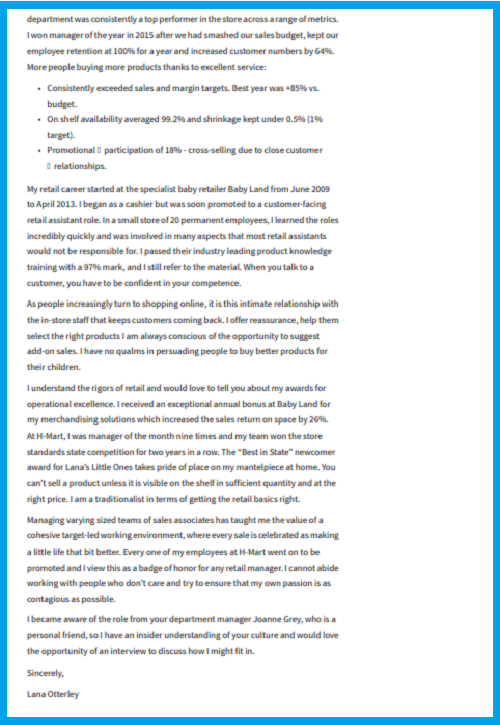

![How to Write a Cover Letter - Expert Guide [2021] How to Write a Cover Letter - Expert Guide [2021]](images/cover-letter-zipz.avif)
